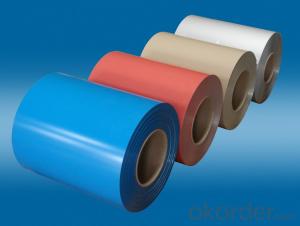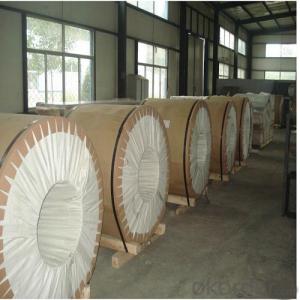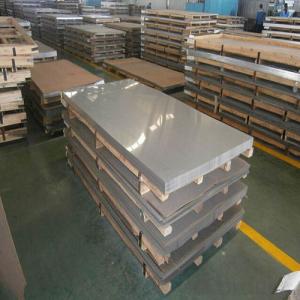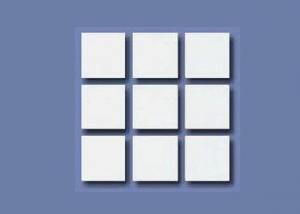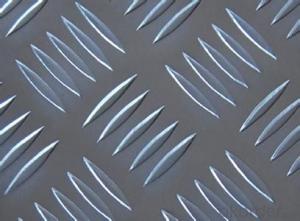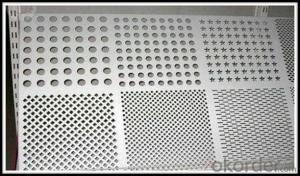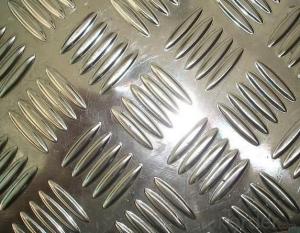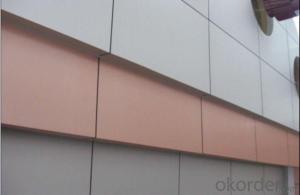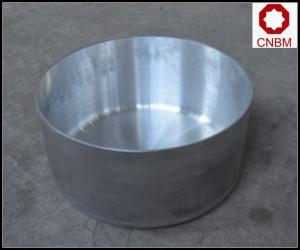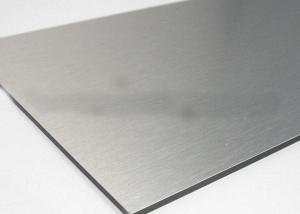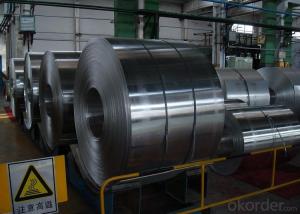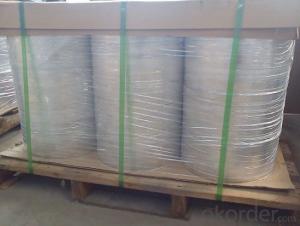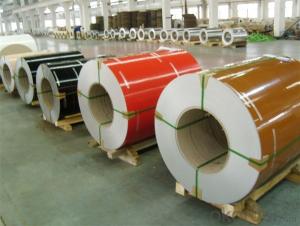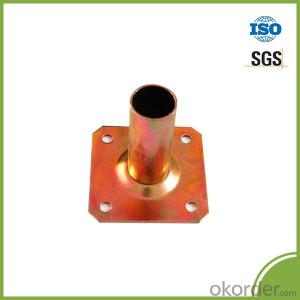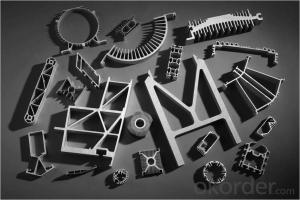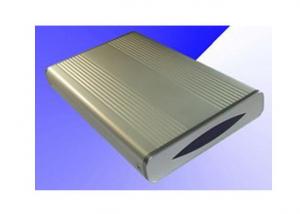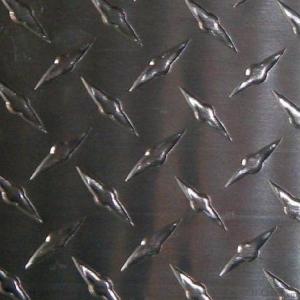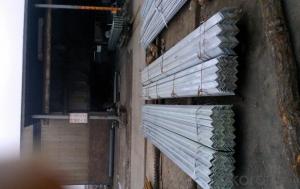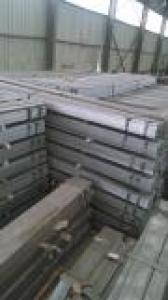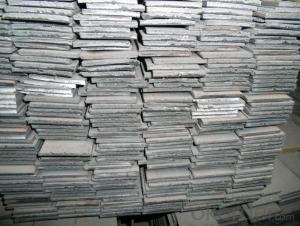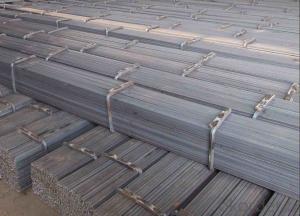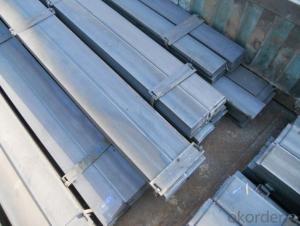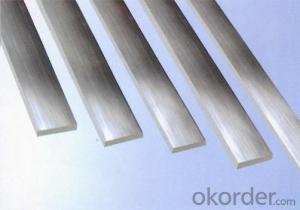Drilled Aluminum Plate
Drilled Aluminum Plate Related Searches
Drill Aluminum Plate Pre Drilled Aluminum Plate Drilling Aluminum Plate Machined Aluminum Plate Polished Aluminum Plate Extruded Aluminum Plate Milled Aluminum Plate Rolled Aluminum Plate Perforated Aluminum Plate Grooved Aluminum Plate Brushed Aluminum Plate Aluminum Dimple Plate Anodized Aluminum Diamond Plate Slotted Aluminum Plate Wrought Aluminum Plate Ribbed Aluminum Plate Aluminum Threaded Plate Decorative Aluminum Plate Engraved Aluminum Plate Polished Aluminum Diamond Plate Aluminum Mold Plate Hardened Aluminum Plate Corrugated Aluminum Plate Drilling Through Aluminum Plate Textured Aluminum Plate Aluminum Metal Plate Aluminum Checkered Plate Aluminum Dimond Plate Aluminum Pressure Plate Aluminum Round PlateDrilled Aluminum Plate Supplier & Manufacturer from China
Drilled Aluminum Plate is a type of aluminum sheet that has been perforated with various patterns and sizes of holes, offering a range of benefits such as weight reduction, improved ventilation, and enhanced aesthetic appeal. These plates are widely utilized in numerous industries, including construction, automotive, aerospace, and electronics, where their unique properties make them an ideal choice for a variety of applications. From providing structural support to facilitating heat dissipation, drilled aluminum plates can be found in a diverse array of products and systems.The usage scenarios for drilled aluminum plates are vast, as they can be tailored to meet specific requirements. In construction, they can be used for cladding, facades, and roofing, while in the automotive industry, they may be employed in the manufacturing of lightweight vehicle components. In aerospace, drilled aluminum plates can contribute to the overall weight reduction of aircraft, enhancing fuel efficiency and performance. Additionally, in electronics, they can be used for heat sinks and other thermal management solutions, ensuring optimal device performance.
Okorder.com is a leading wholesale supplier of drilled aluminum plates, boasting a substantial inventory that caters to the needs of various industries. With a commitment to quality and customer satisfaction, Okorder.com offers a comprehensive selection of drilled aluminum plates, ensuring that clients can find the perfect product for their specific application. By partnering with Okorder.com, businesses can benefit from competitive pricing, reliable supply, and the assurance of working with a trusted industry expert.
Hot Products




